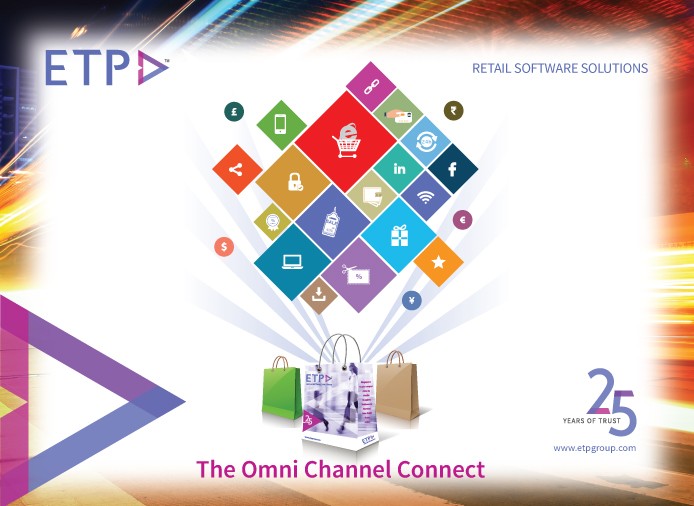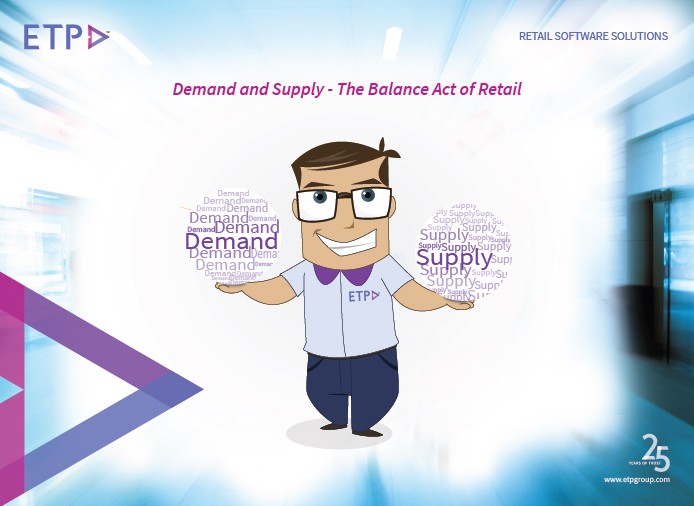Your omni channel presence, and not just your product, makes or breaks your brand image today. Market reports estimate online and web-influenced retail sales (US) to reach $1.8 trillion by 2017, showing sustainable growth from the $1.3 trillion mark in 2013.
The Omni channel adoption and conversion will continue to grow as customers embrace emerging technology and its multiple access points. These same customers will expect even faster response time, regardless of how and when they connect with your store. The emergent âshow roomingâ trend also shows us that consumers still wish to âgo out shoppingâ and value quality brand experience within the retail store. The only difference is that the retail store needs to shed its physical limitations and further contact, communicate, engage and convert customers across multiple channels, as per their convenience. This strategy hits the mark in terms of keeping customers happy, increasing acquisition volumes and reaching closer to the projected business growth. For example, large brick and mortar retailers like Macyâs and Best Buy are adopting omni-channel technology to stay connected and relevant to their growing customer base. Macyâs encourages shoppers to scan products via the retailerâs mobile app while shopping in the stores. Its annual digital plan focuses heavily on mobile and seeks to âclose the gap between store, desktop and mobile.â After Best Buy lost $1.2 billion during 2012, the worldâs largest consumer electronics retailer looked like it was headed towards oblivion. Its turnaround happened post the decision to invest in omni-channel innovations that reached customers wherever they areâin a store, online or via their phonesâand use technology to turn costly physical stores into an advantage.

The advantages of Omni channel are many but the most prominent of the same are as follows:
Brand Connect â Technology has intertwined with our lives and formed the core of how we relate to things and people, including brands. Most of us are always online and âconnectedâ through smart mobile devices. According to Forrester Research, mobile payments will amount to nearly $90 billion in the coming years. This is largely due to the fact that an impactful omni presence will help brands capture the most coveted real estate in retail â the customerâs mind. According to global reports, mobile phone penetration will rise up to 69.4% of the global population, in 2017. As smartphones and tablets continue to become cheaper and 3G and 4G networks more approachable with enhanced security, mobile wallets and captivating additions like wearable technology and new age applications etc. the hyper speed upward trajectory of m-commerce shall remain on track.
Social Network â The above point lends itself to the social network invasion. When brands create an engaging niche for themselves in the popular social networks, they gain much more than possible customer conversions. This platform has become a dialogue center between companies or brands and the enormous and growing number of people on the network. Companies are exposed to real-time problems, perceptions and potential of their products, programs and services. This is invaluable first-hand data that not only bolsters their databanks but also helps retailers with insights unblemished by process churns. The right steps undertaken thus to create a better brand experience shall result in favorable reviews and improved brand equity. Positive word-of-mouth will also lead to desired revenue generation and customer loyalty.
Target Marketing â Omni channel marketing allows highly targeted approach towards introducing brand products, services and company USPs, inducing interest to understand and then buy or recognize the same. Business Intelligence and integrated CRM technology provides retailers the information regarding customers and prospects preferences, needs and desires. Analytical computing takes into consideration various factors like socio-economic and demographical components to fine-tune the learnings. Now that you have the âwhatâ, Omni channel paves the next step with the âhowâ at this juncture. How do we personalize our offerings through the marketing channels most frequented to encourage or incite positive buying behavior? This customized experience is becoming the norm in both B2B and B2C enterprises where the marketing strategies are created to implant a familiar and relationship based communication with customers, prospect and suspects.
The crystal ball shows Omni-channel technology to carry on putting enterprises on the map and level the global playing field of retail.


